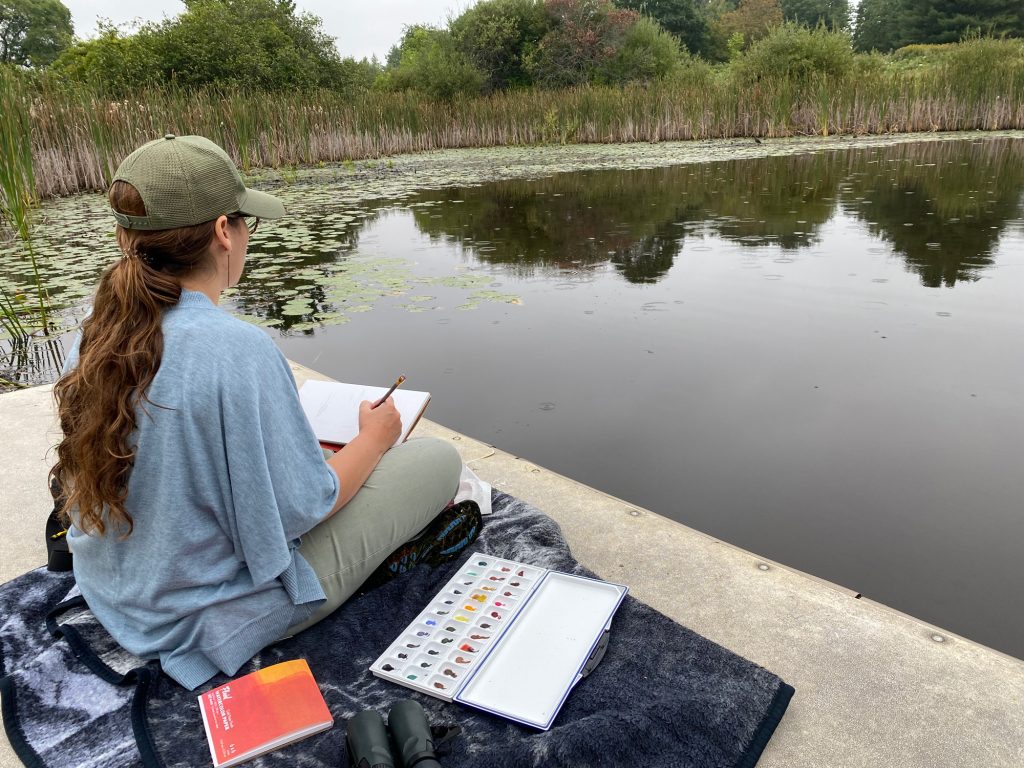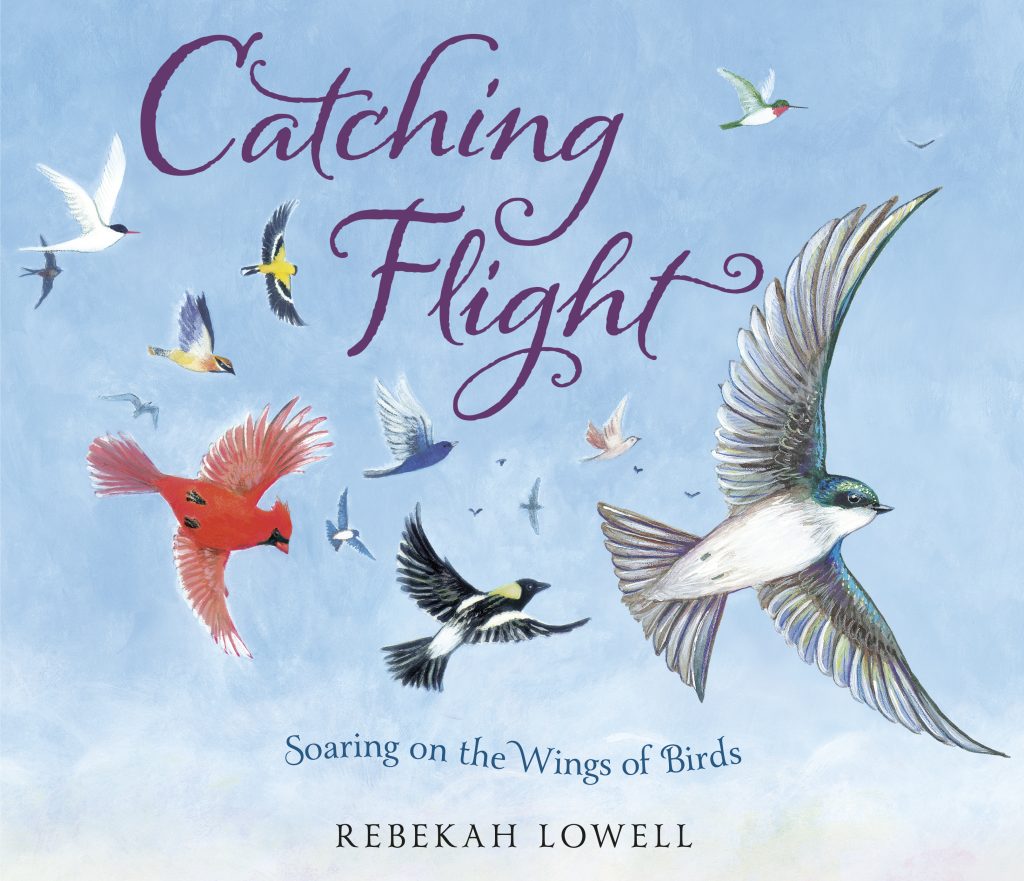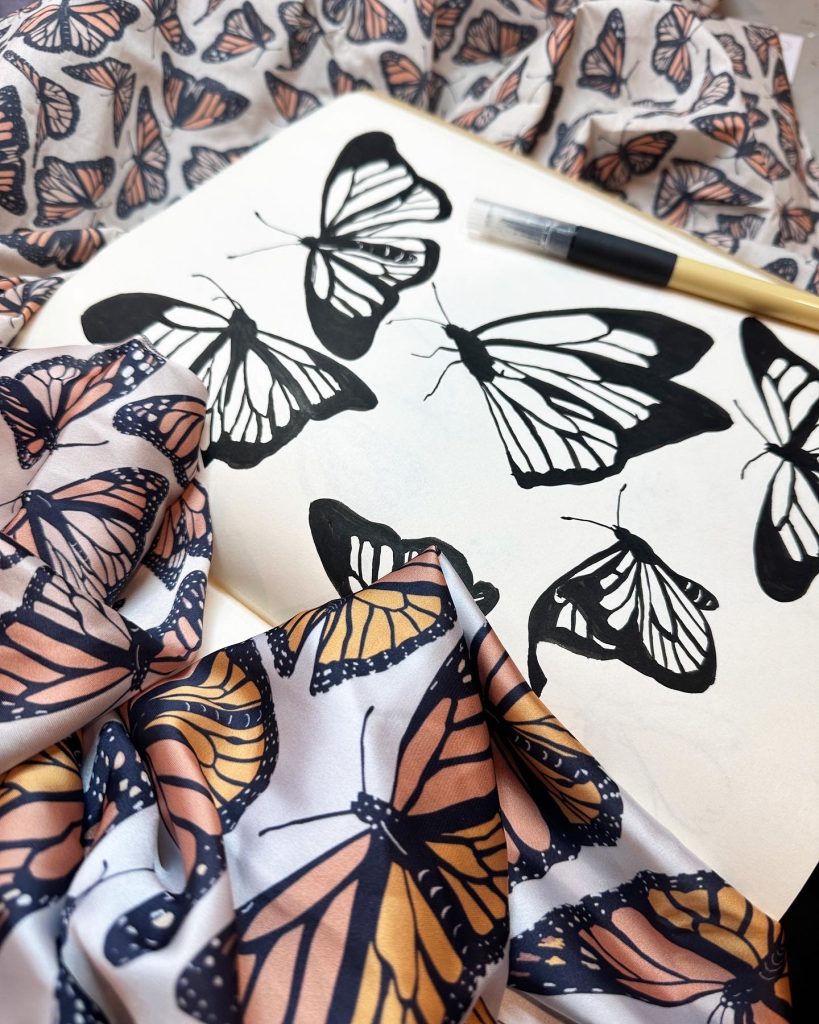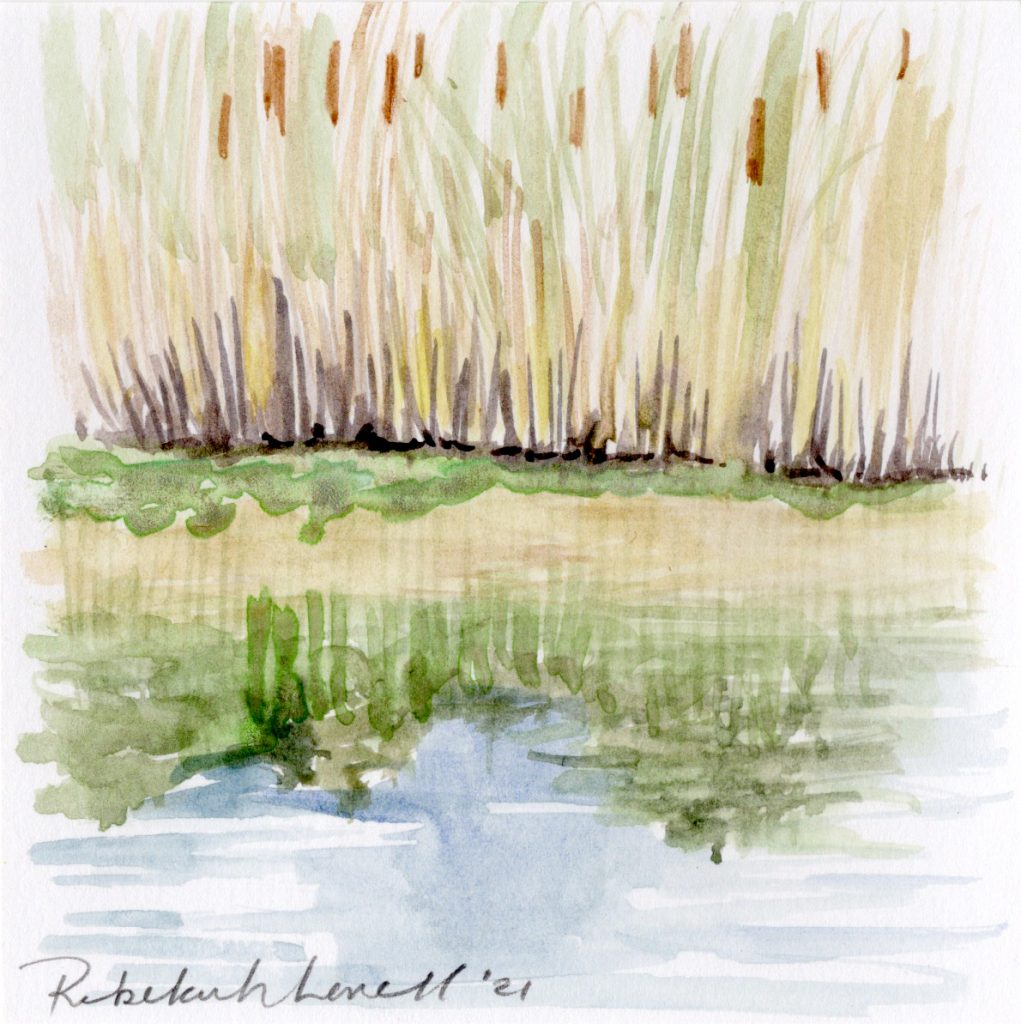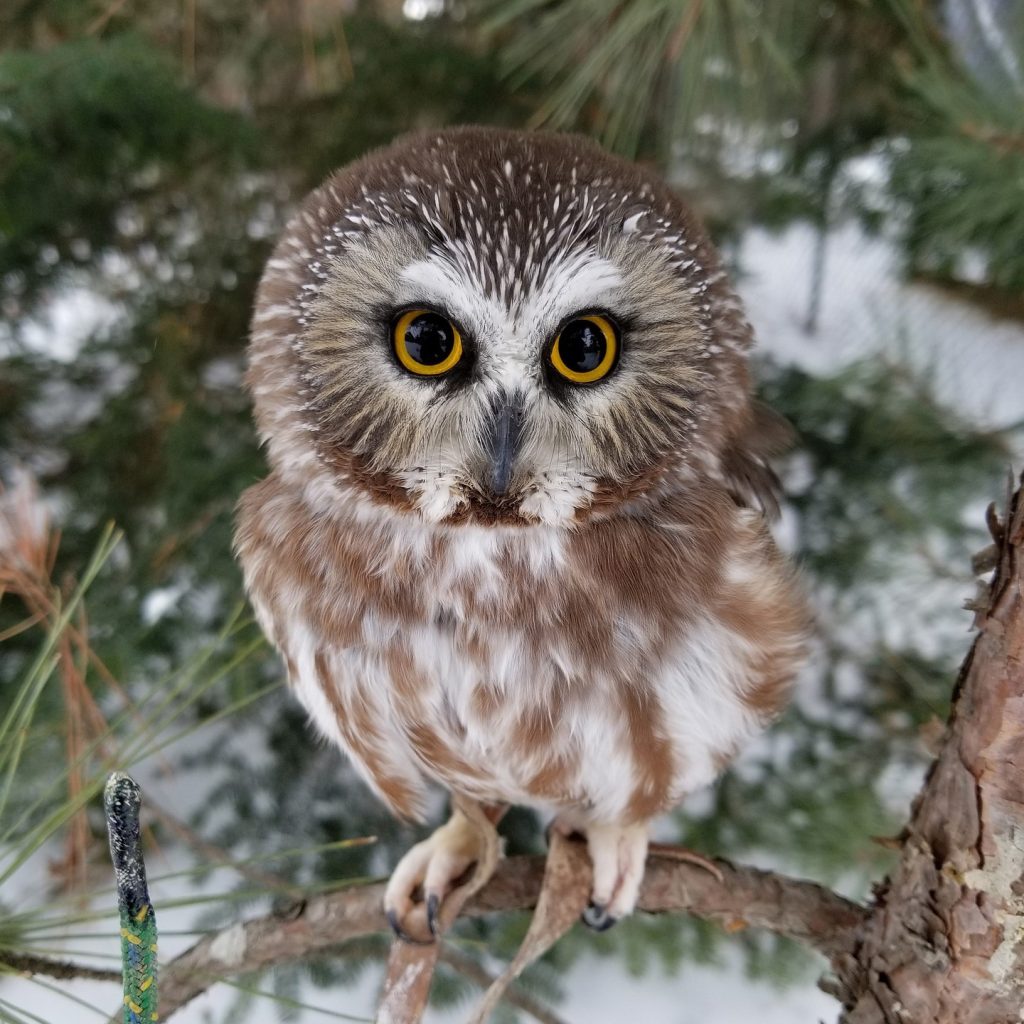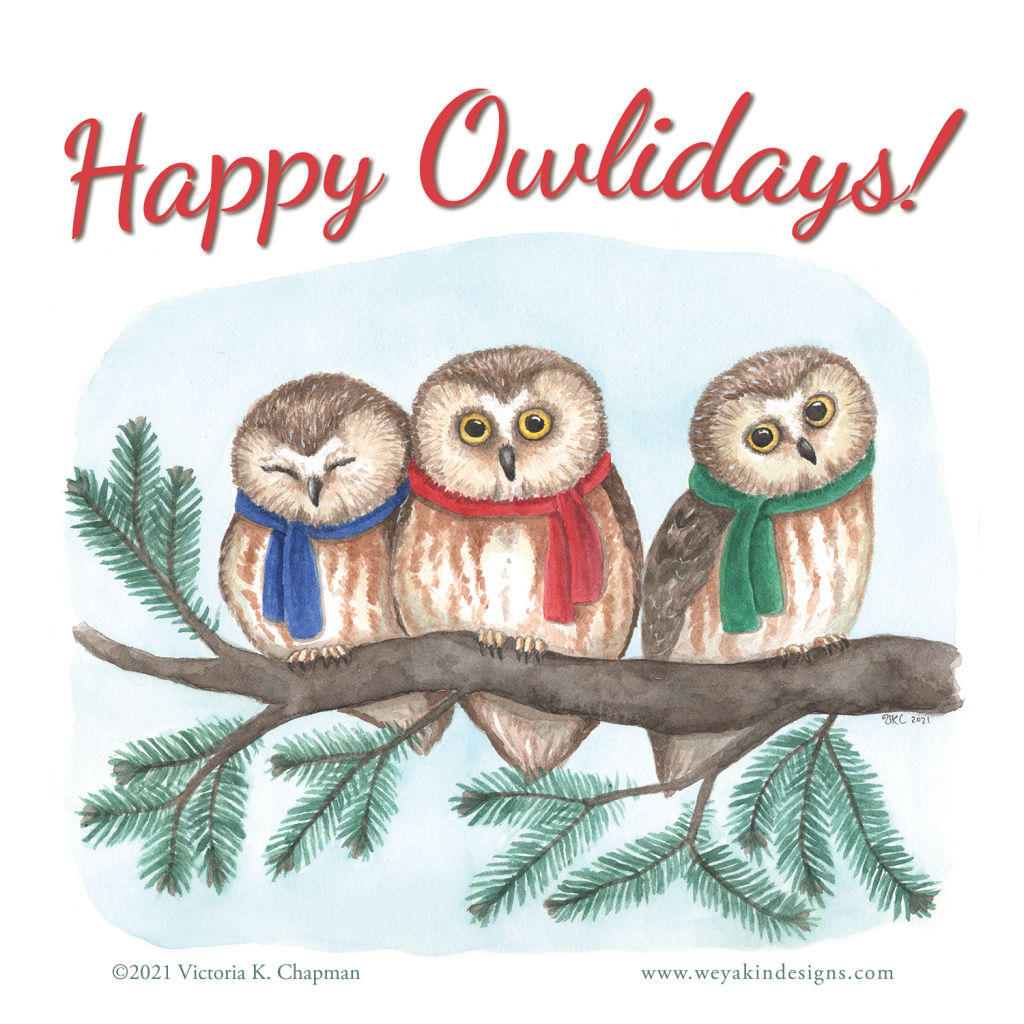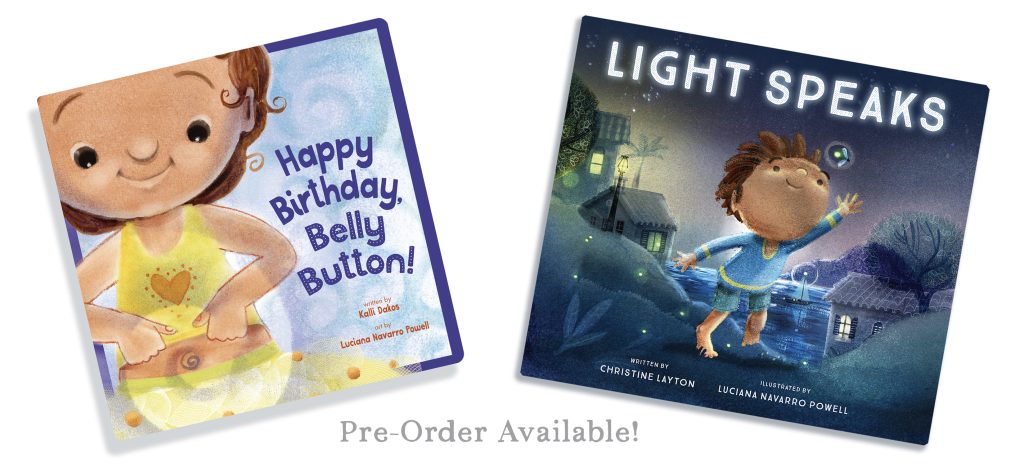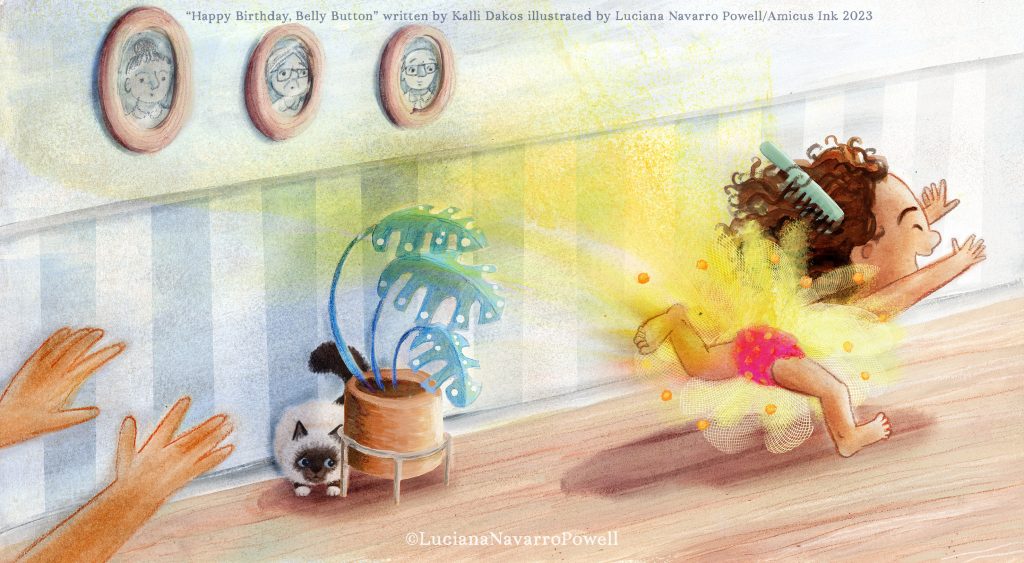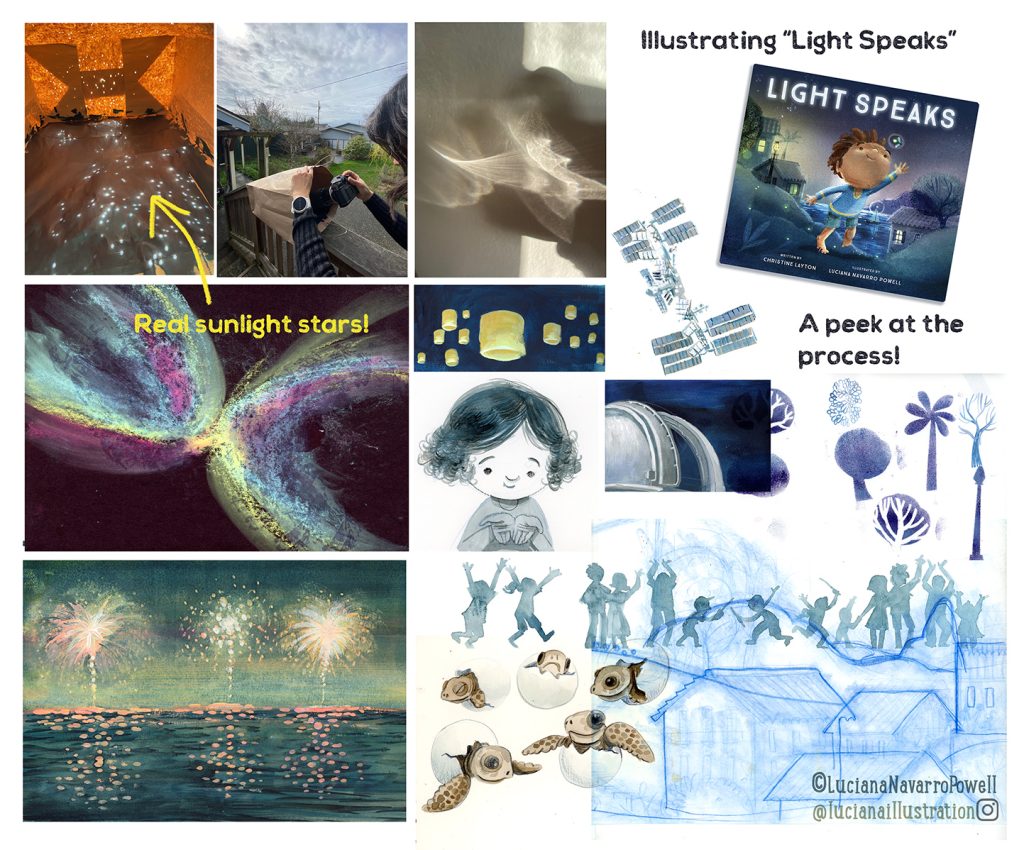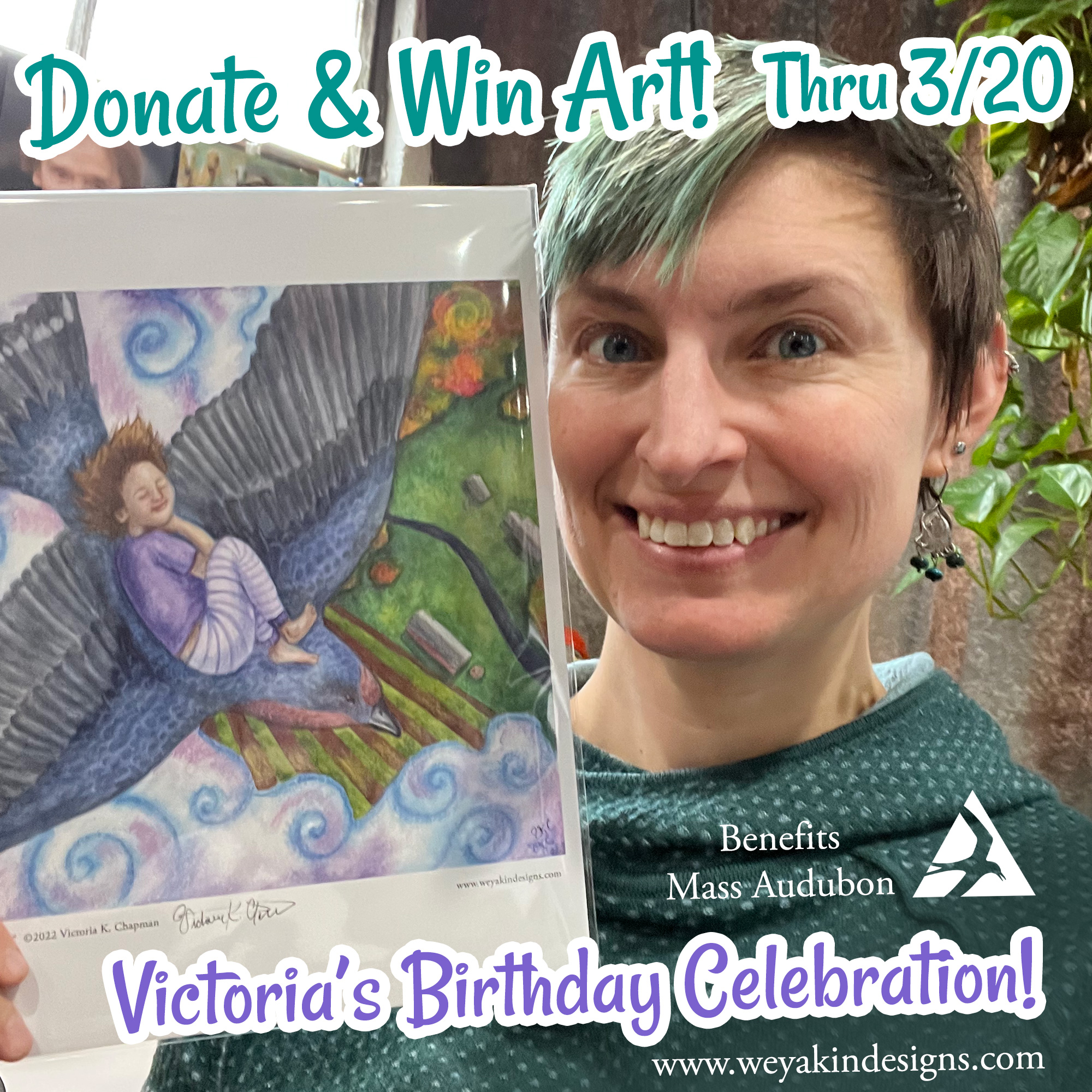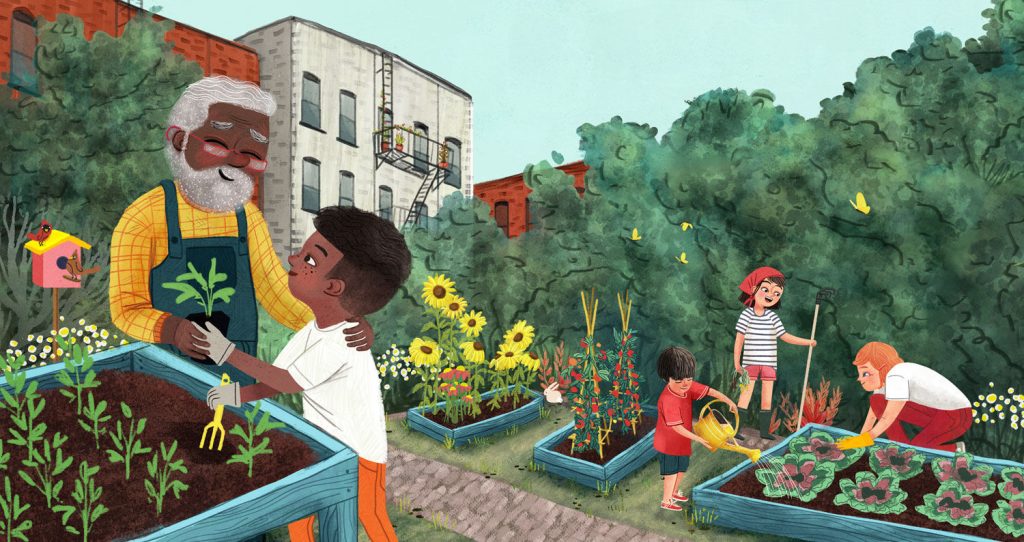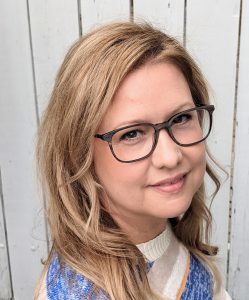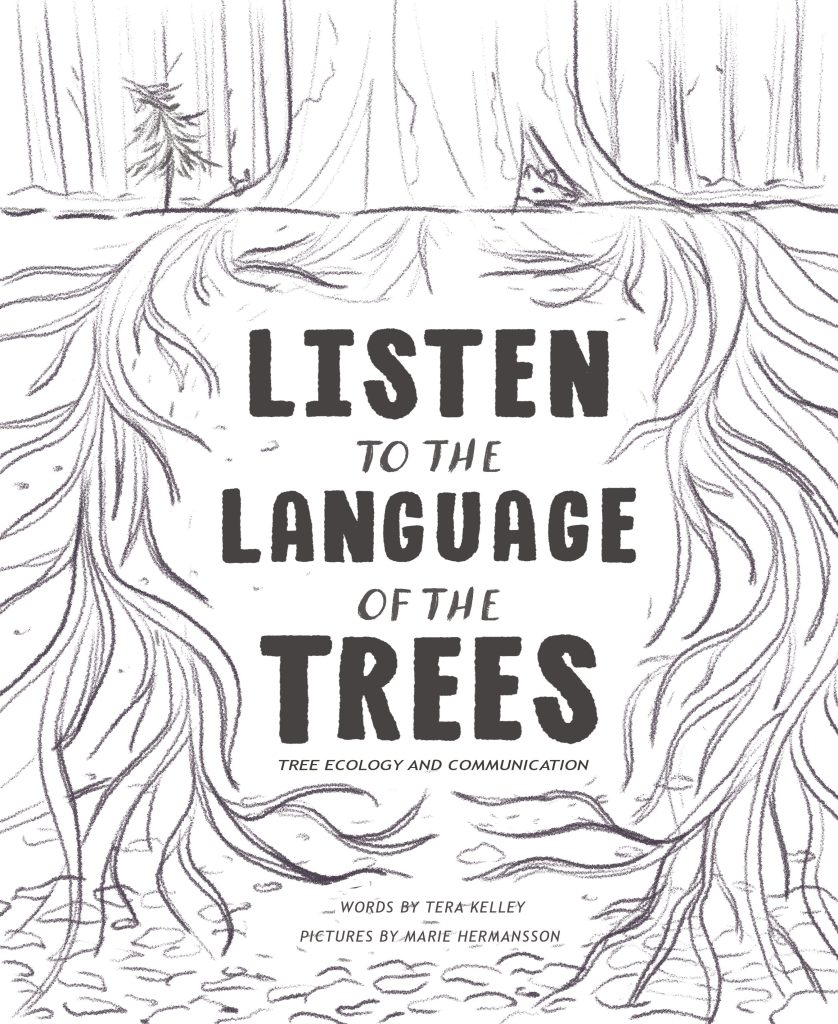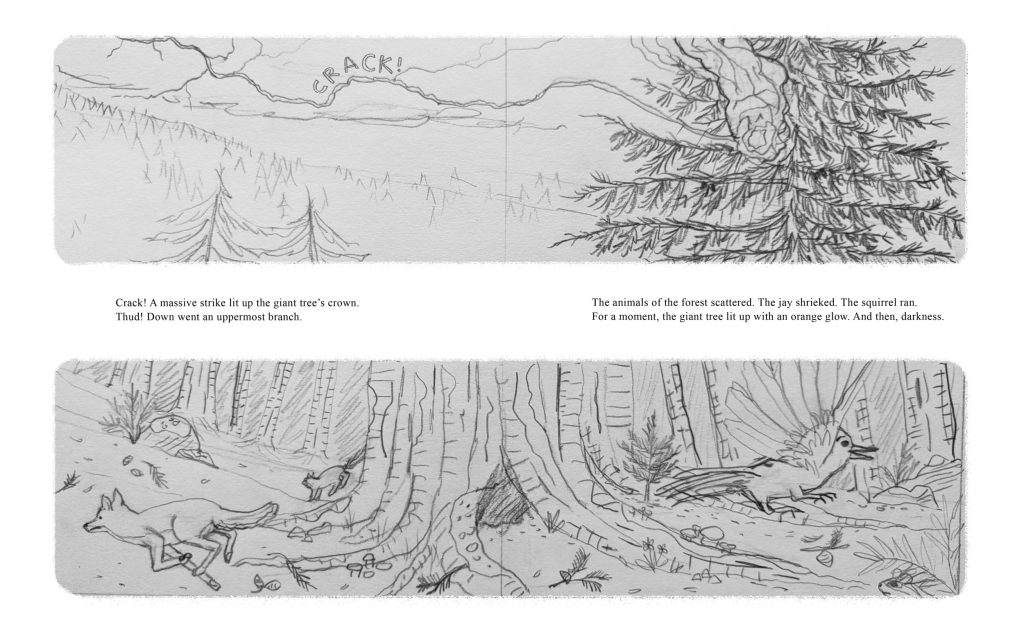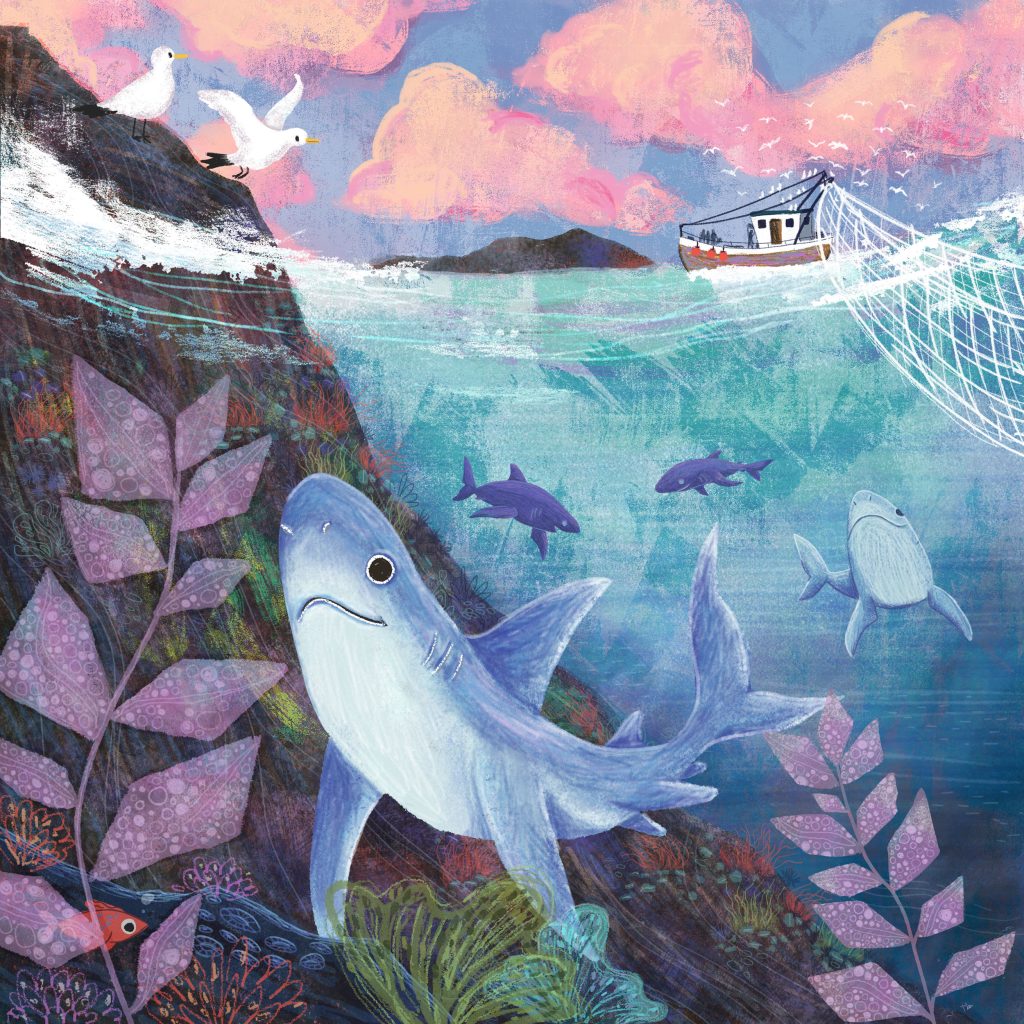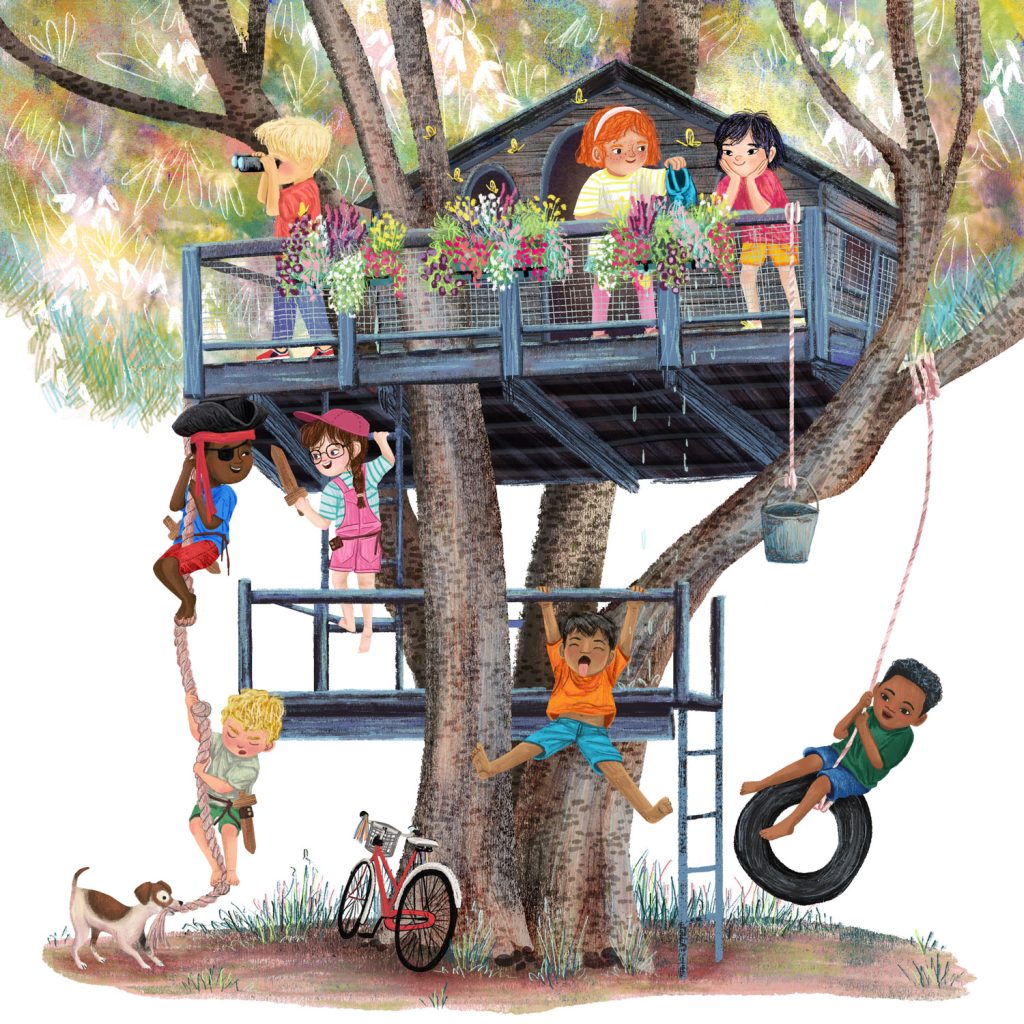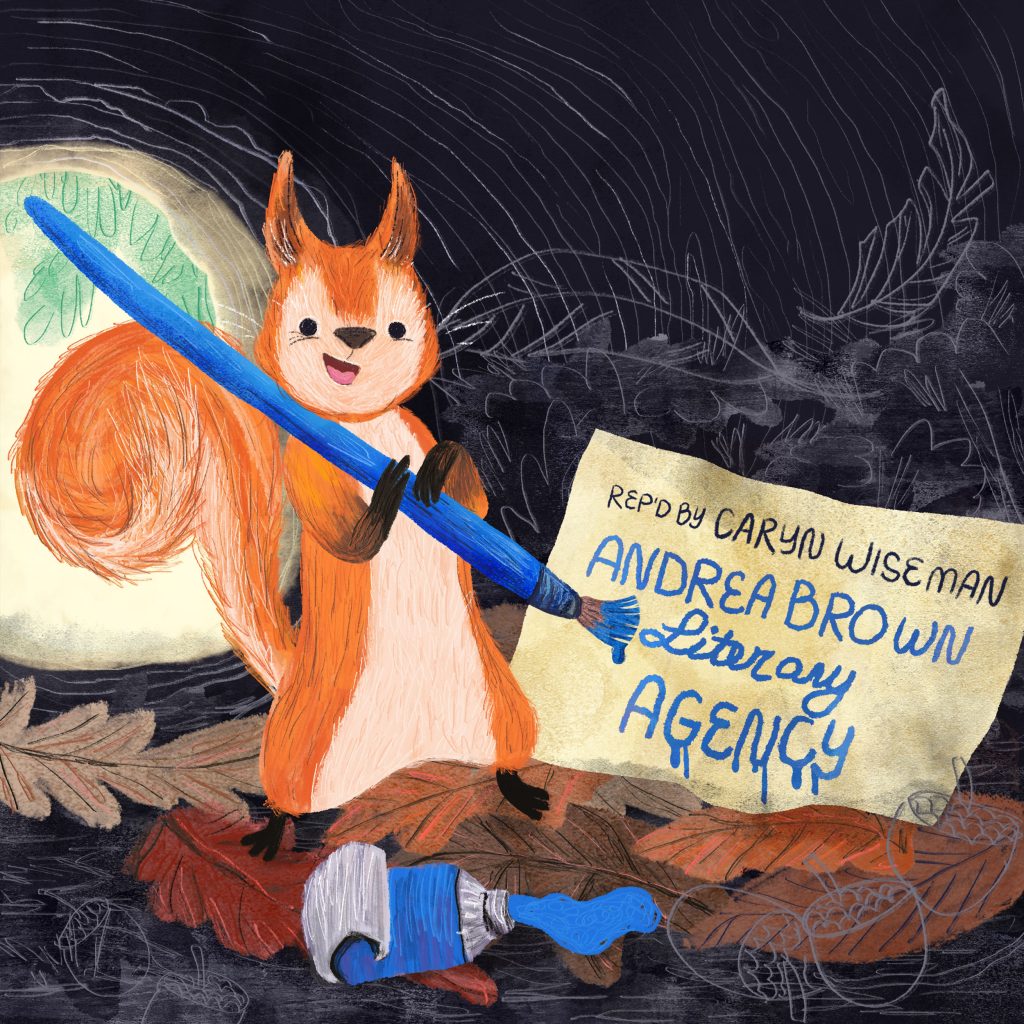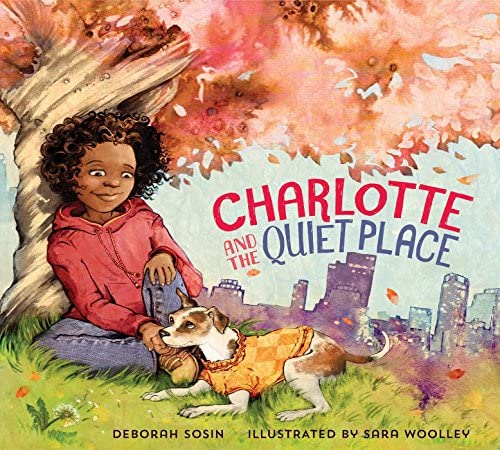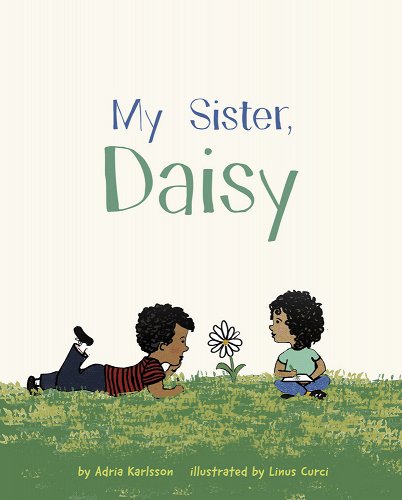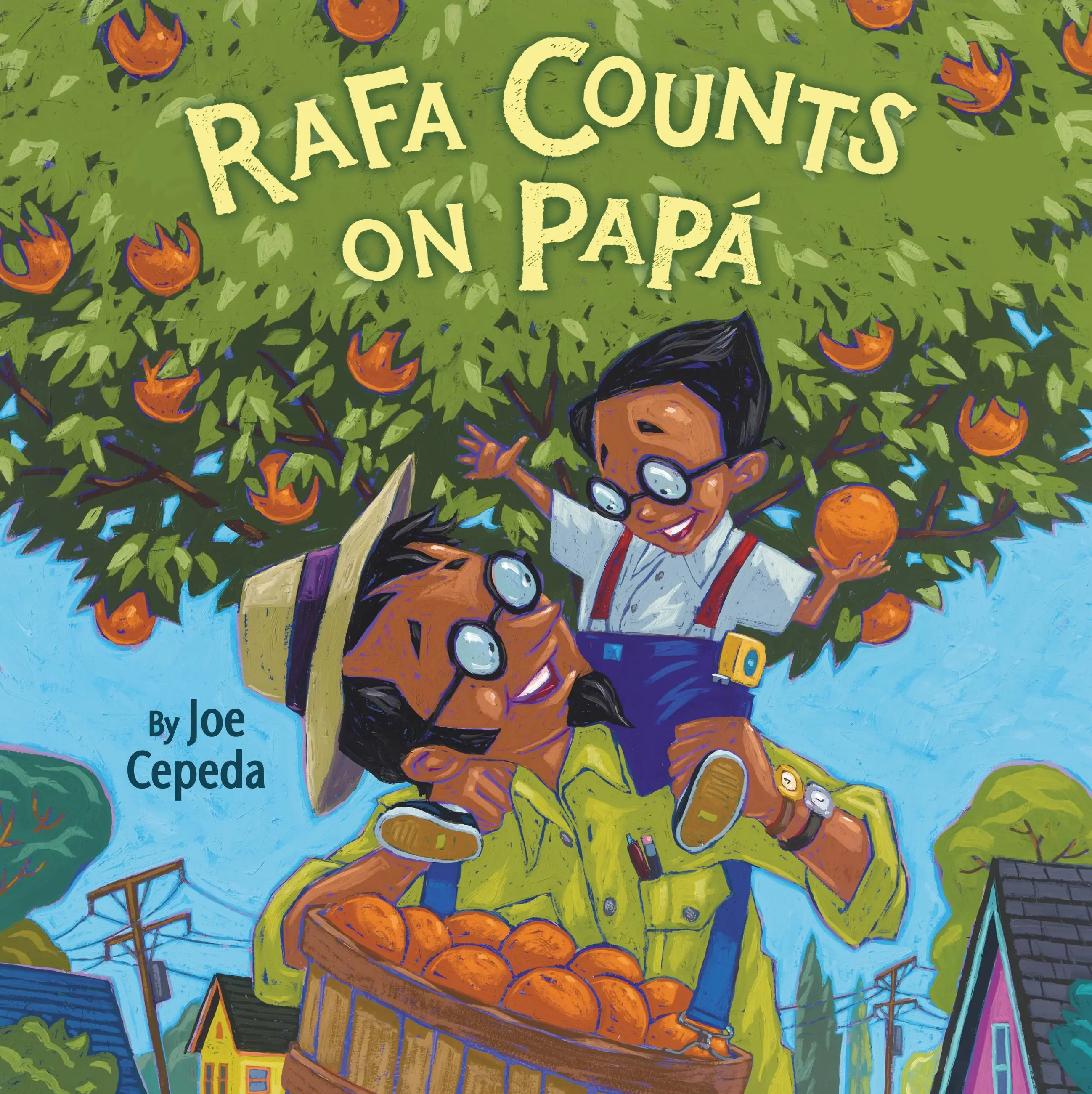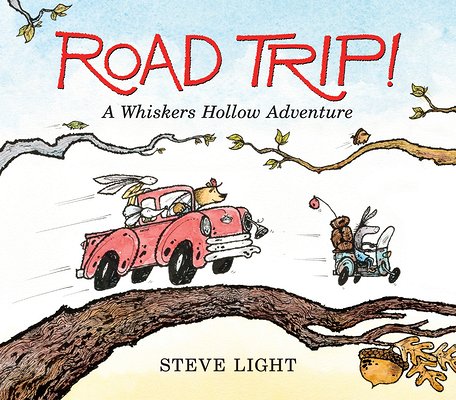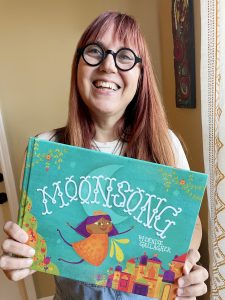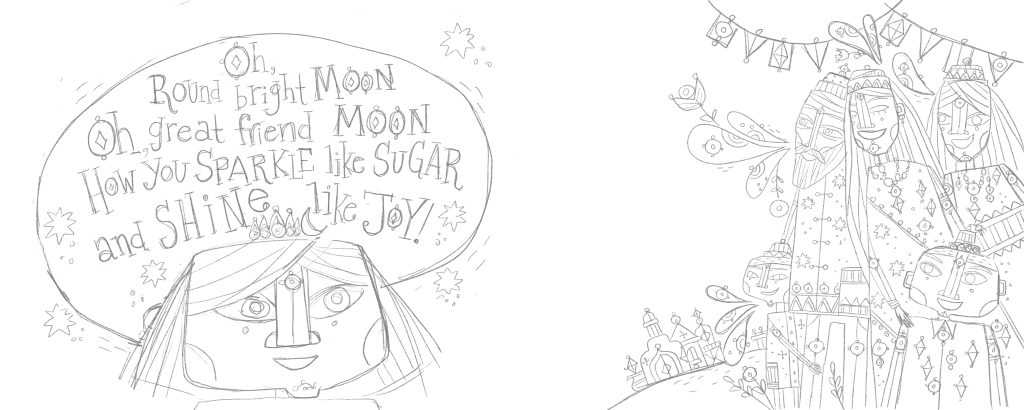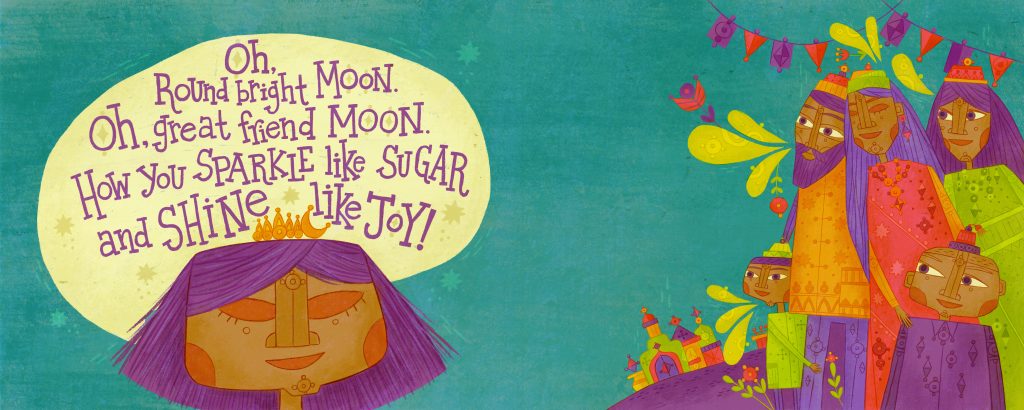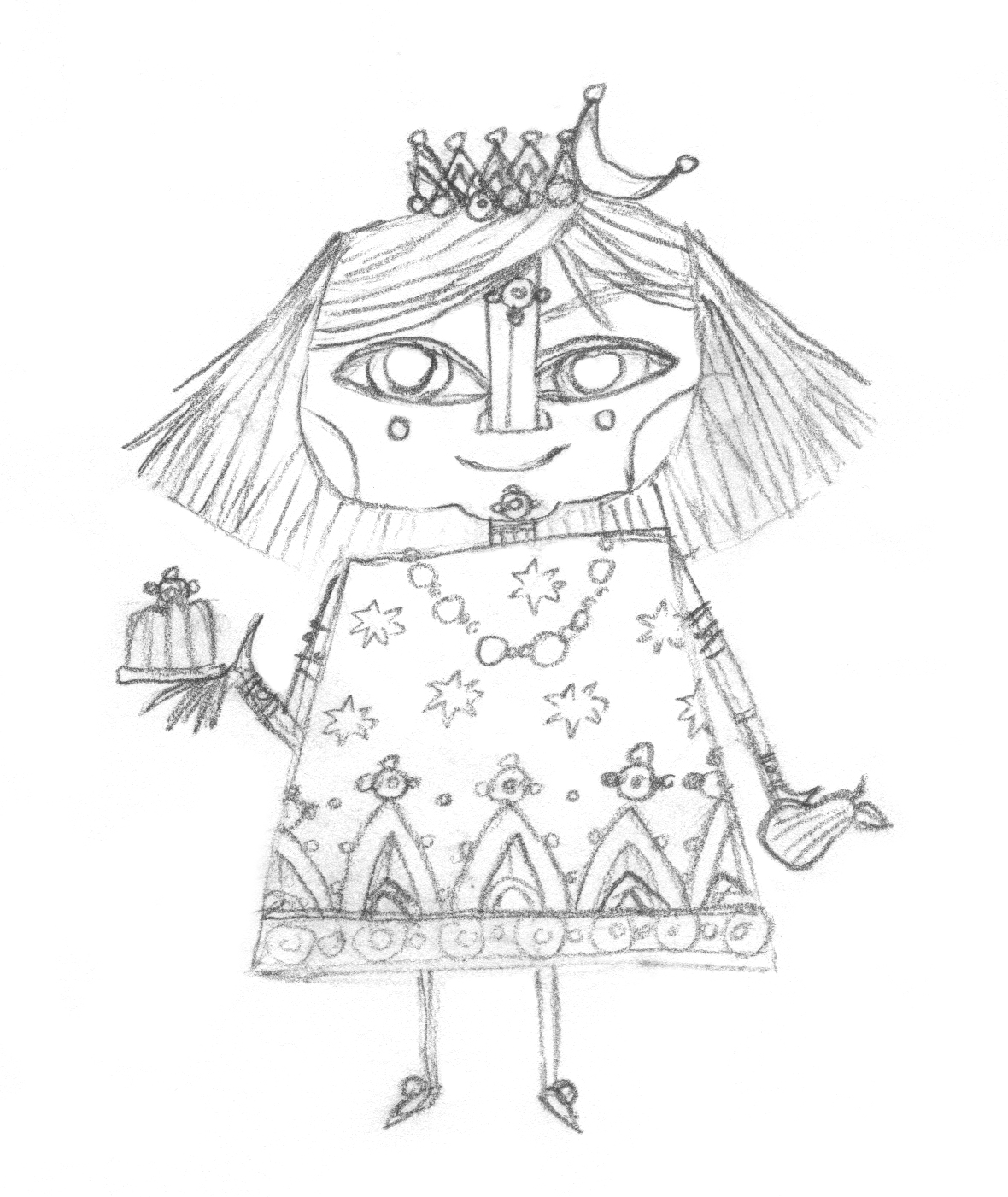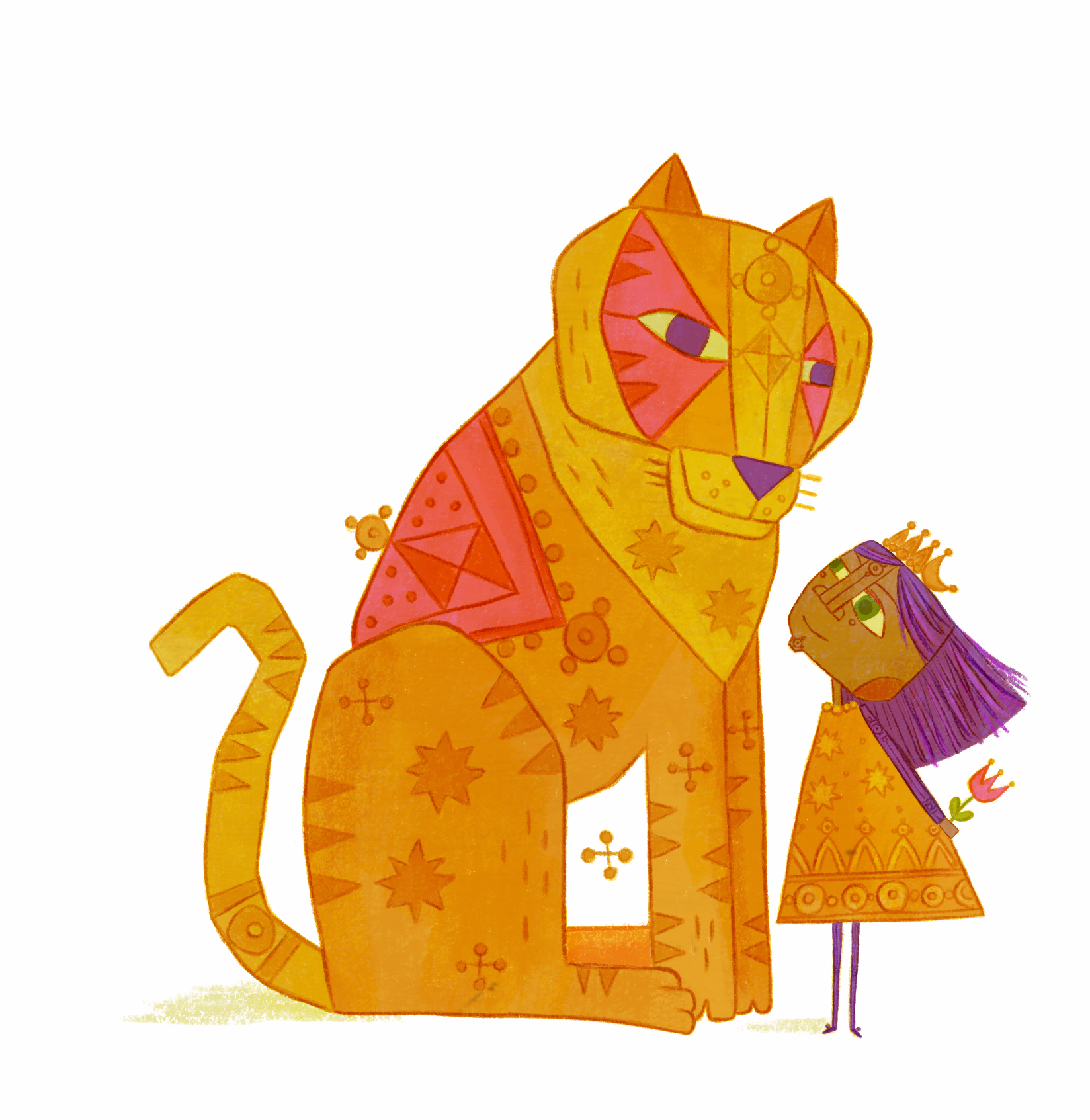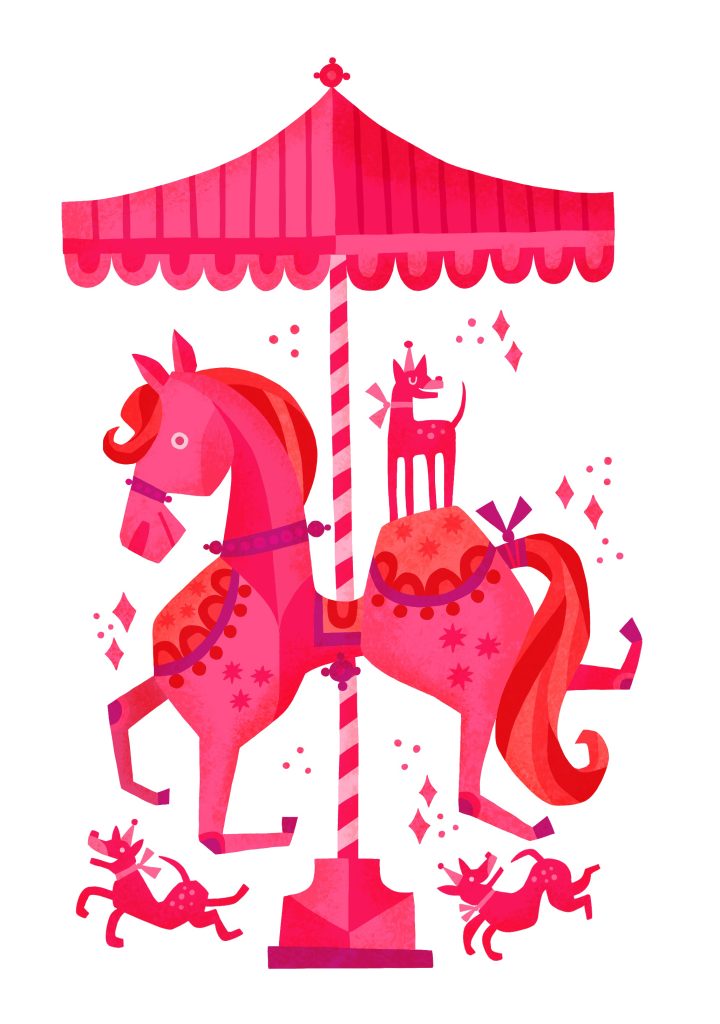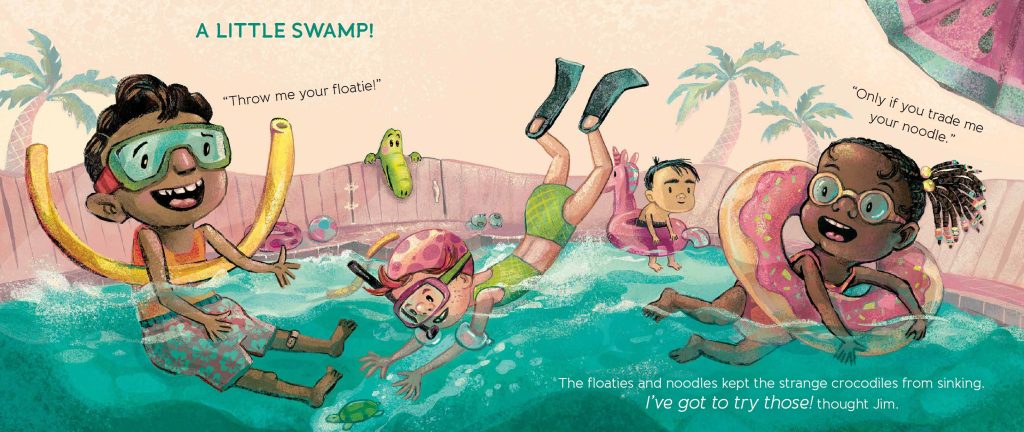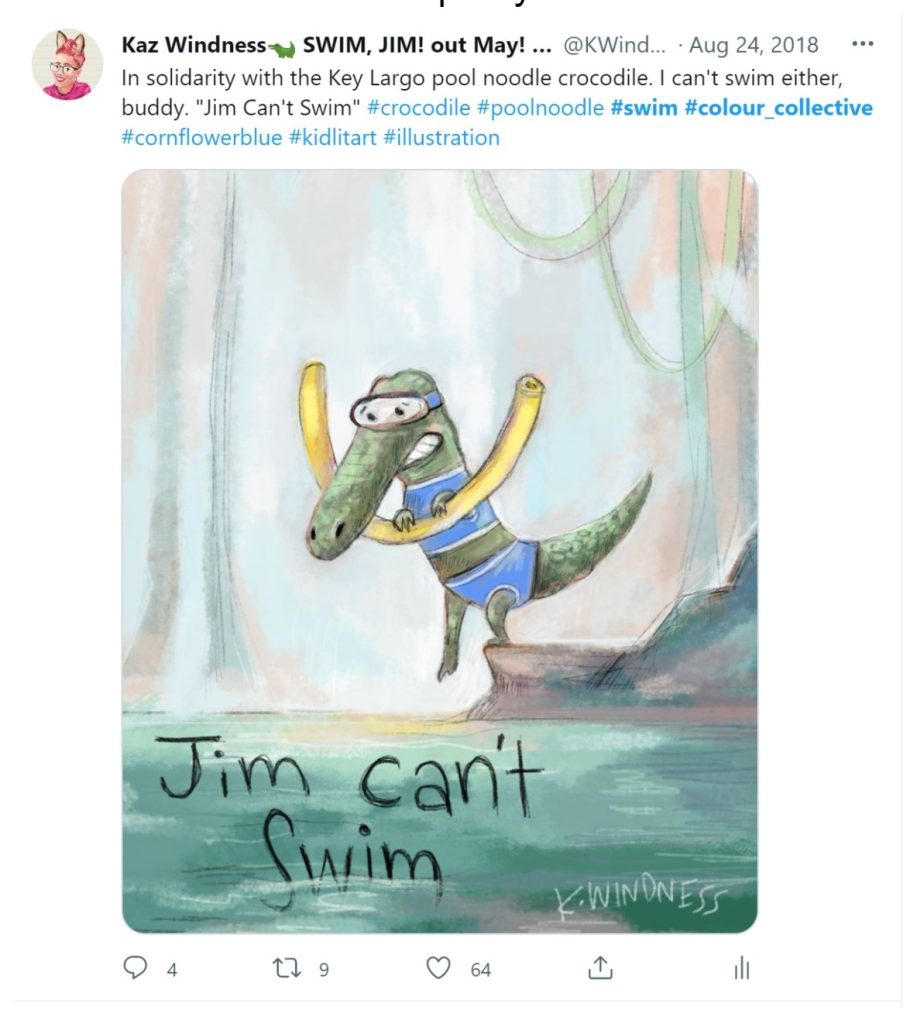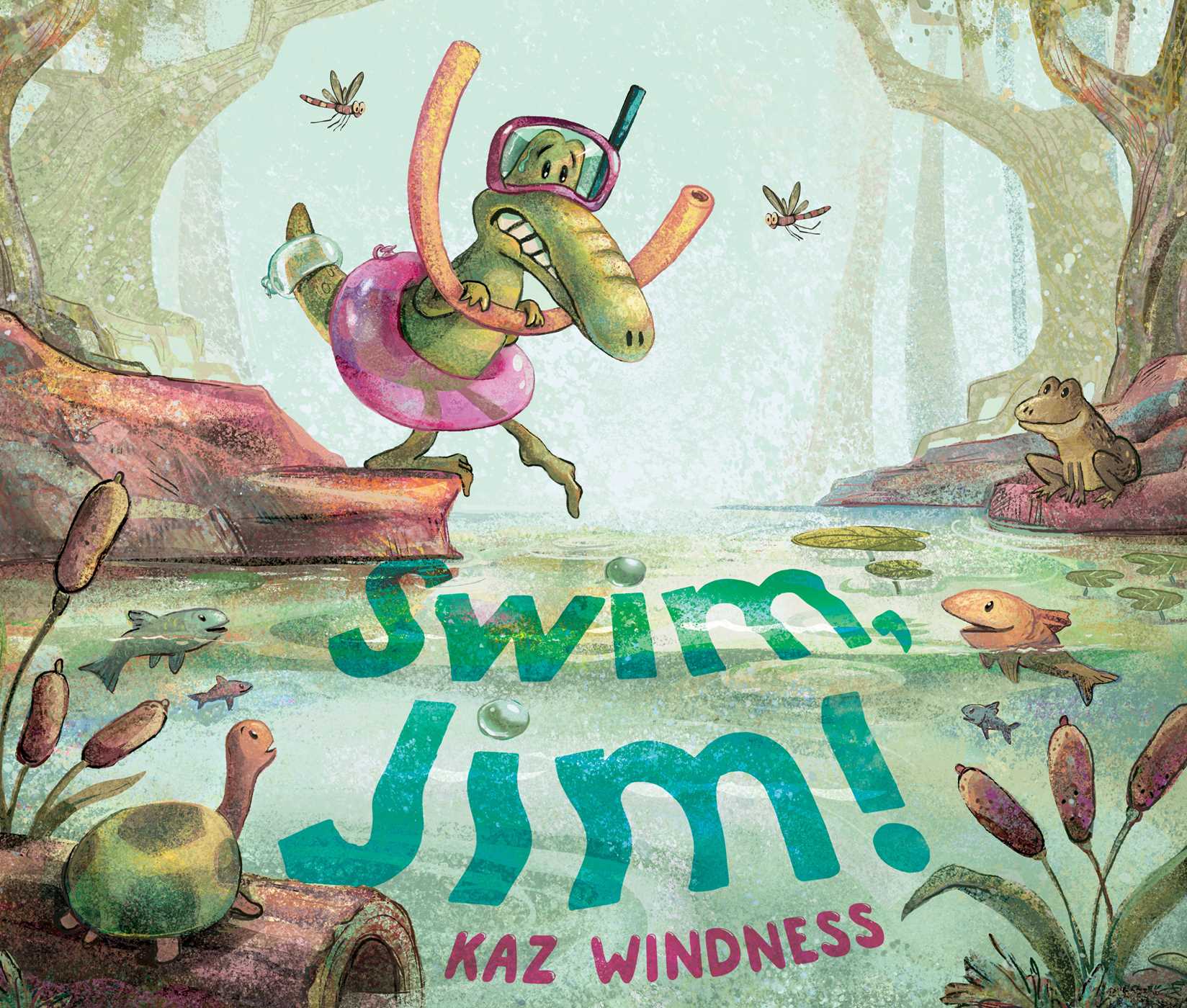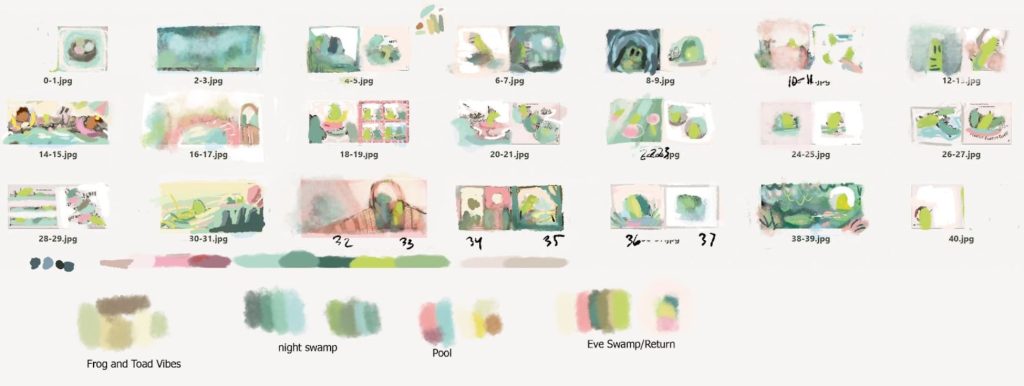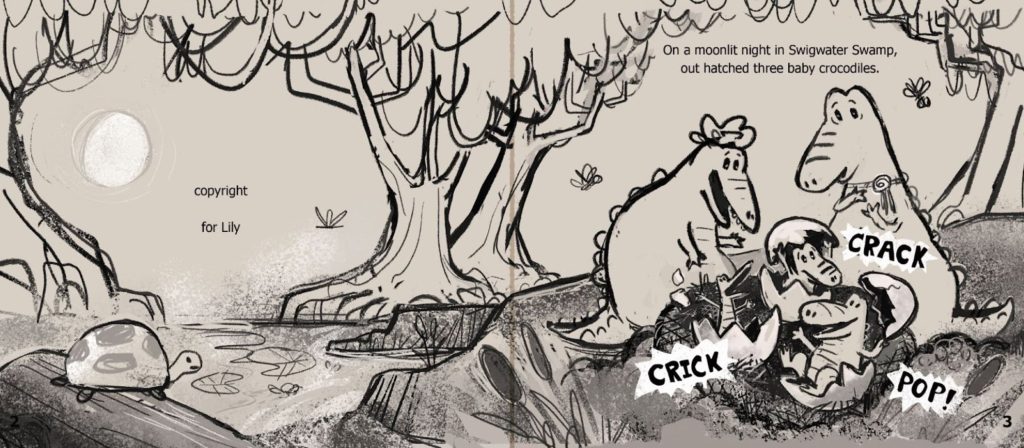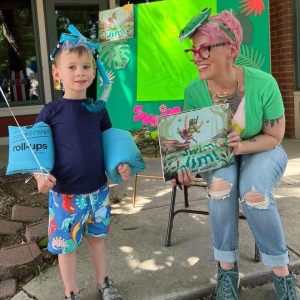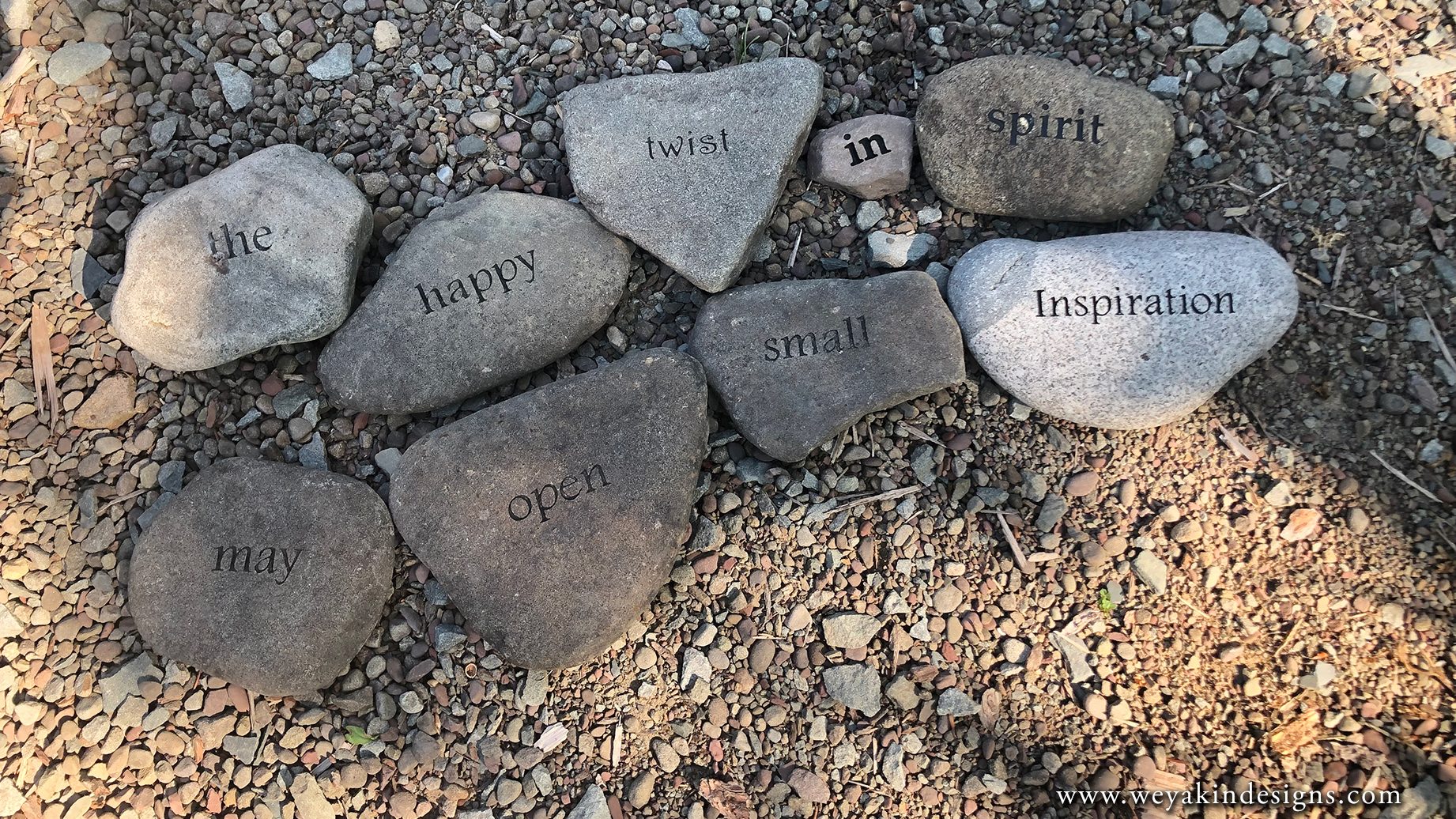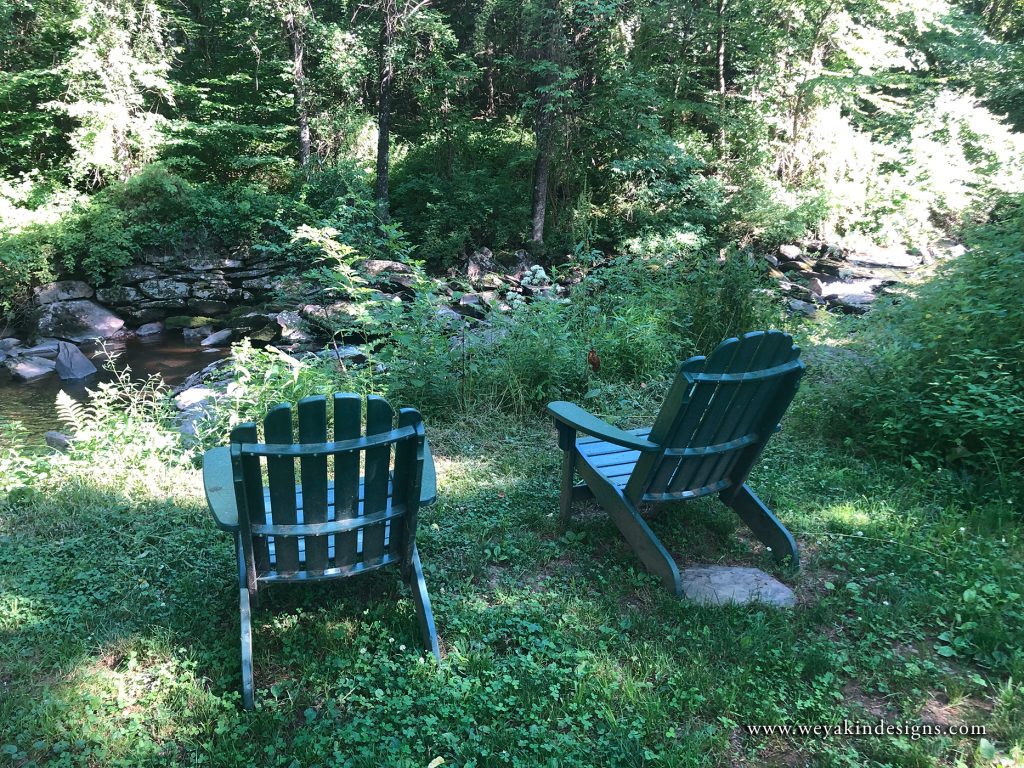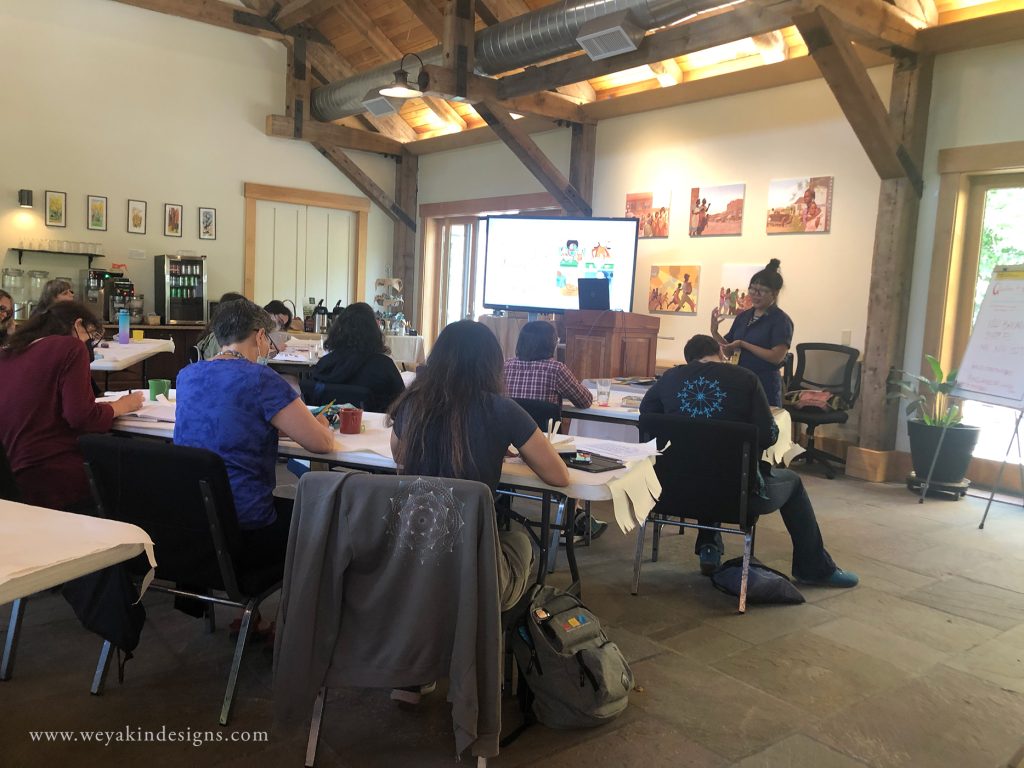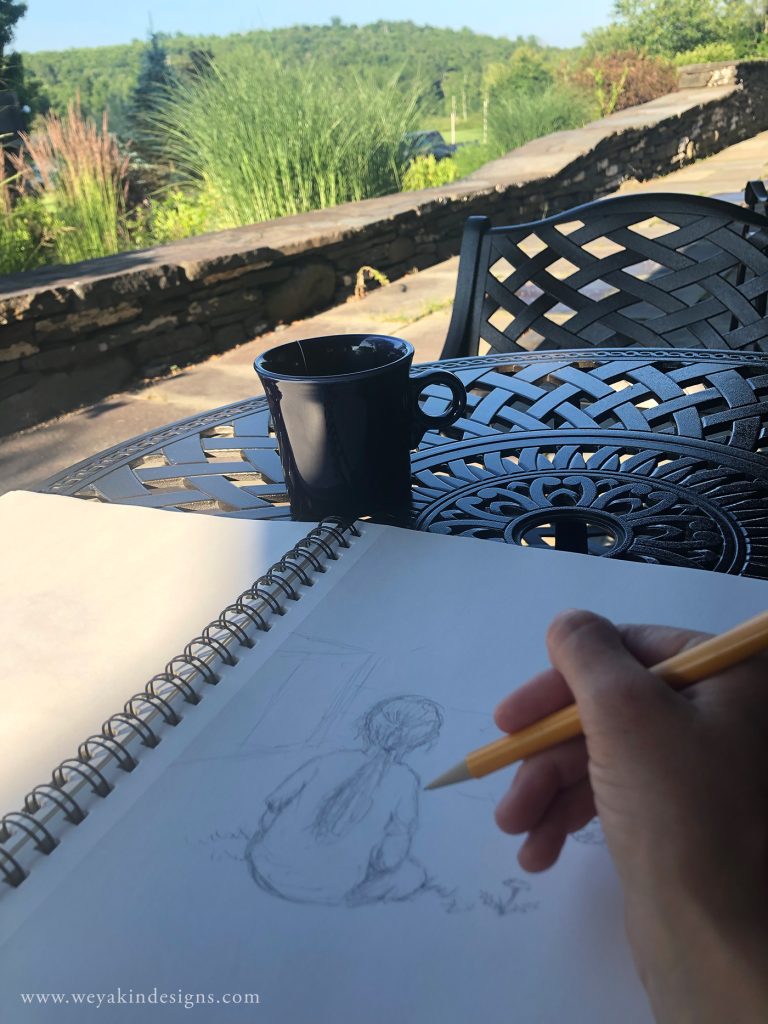KidLit Connection: Getting to Know Author-Illustrator, Rebekah Lowell

I’m thrilled to share this month’s KidLit Connection interviewee! Rebekah Lowell is an author/illustrator of children’s books from Maine whose work has a focus on nature and how our own lives connect with the natural world. She writes and illustrates both picture books and middle grade. Her debut book, The Road to After (2022, Nancy Paulsen Books) is a middle grade novel in verse about learning to survive and thrive after fleeing abuse and how nature can be a source of healing. And just this year, Rebekah’s debut picture book, Catching Flight: Soaring on the Wings of Birds (2023, Doubleday Books for Young Readers) was released! We’ll talk more about this beautifully illustrated book in the interview.

Rebekah is an amazingly kind soul full of compassion and empathy for fellow humans and our beautiful Earth. She earned her bachelors in Fine Arts at Rhode Island School of Design in 2004 and later completed her masters in Children’s Literature and Illustration at Hollins University in Virginia. When not working on books for children, Rebekah practices and teaches nature journaling, is a Maine duck stamp artist, and a surface pattern designer. She also rescues monarch butterflies from hay fields and raises them to release. Among all that, she is a mom and homeschools two daughters.
I had the pleasure of meeting Rebekah in-person for the first time at the New England SCBWI conference this April and I attended her session about storyboarding picture books. I was so happy when she agreed to be interviewed for this blog! Thank you, Rebekah for sharing more about you, your artist story, and your insights with us.
An Interview with Author-Illustrator, Rebekah Lowell
We’d love to hear more about you as an illustrator and author. What inspires you and your art and what things do you most love about your job as a creator of books for kids?
I’ve been making art since I was a kid, so doing anything else never really occurred to me—unless it had something to do with plants or nature. I think I had considered horticulture at one point, but if I had done that, I would have painted every flower I grew anyways, so I don’t figure my time would have been spent much differently. I love making books for kids because I get to continue exploring the world and following my curiosity to share with others. It feels like by sharing what I am passionate about I’m bringing young readers closer to nature through words and pictures. I love the format of a book because it’s a story you can hold, it’s tangible, it’s precious, it means something.
How did you start illustrating and writing for children’s books? What inspired you to pursue this type of work?
I started creating books for kids in 2004. I made my very first picture book dummy in a class called Picture and Word taught by Judy-Sue Goodwin-Sturges at RISD and I was hooked. And yes, my first picture book idea was about a bird. I always knew I wanted to make art forever, but it was during that class I realized I wanted a career in children’s literature.
Your most recently published picture book, CATCHING FLIGHT is a beautifully illustrated poem about hope, highlighting different species of native birds. Could you tell us more about this book?
Thank you! Yes, CATCHING FLIGHT, came into this world in a way that wasn’t conventional for me. I shared an illustration on Twitter of a feather with birds flying out of it and my now editor, Frances Gilbert, messaged me asking if I had a book to go along with that project. I immediately wrote her a poem and sent her a photo of the handwritten scribbles and she asked if I could type it up and send it to her. She and I had met at Hollins in 2014 and had relationship prior to her seeing my artwork, so her message wasn’t the first time she had seen my work. We both already knew each other. But it’s proof that you should keep making art and keep showing your work because you never know what will happen.
When I wrote the words for CATCHING FLIGHT, I wanted to capture a feeling of freedom and lightness. We were in a hard time, during the pandemic, and we were all experiencing a global hardship together. I wanted to bring a message of hope to the world through a picture book. Birds felt like the natural solution to a problem. They always make me feel better.
What was your favorite part about working on CATCHING FLIGHT? Additionally, what was one of your greatest challenges working on this project?
One of my favorite parts was getting to work with both Frances Gilbert and Nicole de las Heras, who I had previously met in person at Hollins. They are both amazing humans and wonderful people to work with.
One of my biggest challenges was making sure I was drawing the feathers correctly. I watched webinars with Liz Clayton Fuller, looked at art by Jane Kim of InkDwell and refered to books by John Muir Laws and of course, Sibley Field Guides to be sure I was drawing the feathers accurately.
Nature seems to be a huge inspiration for your stories and art. Could you tell us more about how nature inspires your work and what role it has in both your art and your life?
I am a better person inside and out if I spend enough time outside. What is enough? At least some time where I’m not talking, and I’m present, and I’m noticing what is around me outside. I like to listen to birds, look at plants growing and notice the changes that happen in my yard and seasonally in the natural world. If I don’t get to do that, I start feeling lost, overwhelmed, and unsettled. One of my favorite things to do is nature journal outside. Nature is a never-ending source of inspiration, and one idea can lead to the next. My problem is not having enough ideas, it’s having too many ideas.
We’d love to hear about your process as a kids’ book creator and how you work as an author and artist. Could you share more about that?
My process is observe, create, revise (if it’s a book project), and revise again.
If it’s a nature journal spread, I don’t revise, but I draw and paint with intention and observation.
I use traditional materials such as watercolor, acrylagouahce, colored pencil, pencil, graphite dust, acrylics, oils and more. Book work is mostly water based and commissions or duck stamps are often in oils.
Going back to books, I often write first, then sketch starting with blank paper, and just get a few ideas out, but I always use thumbnails for the early ideas of a picture book, and then those get bigger as I refine my sketches.
I use Photoshop right now to create my PDF dummies, but I am transitioning to using InDesign for picture book dummies next.
In terms of middle grade books, it’s always many rounds of revision before we start final art. I usually do some sketches though that don’t make their way into the final book, but it’s because the sketches help me get a feel for the story and they inform the words. It’s a constant back and forth between picture and word.
Do you have other book projects you’re working on that you can tell us more about?
I have a picture book on submission right now with several others in my back pocket.
I’m also working on edits for another illustrated middle grade novel in verse.
What other types of work have you done as an illustrator that relate to your work as a nature artist and kid lit illustrator?
In addition to the Nature Journaling that I mentioned, I have an online shop with notecards, stickers, pins, prints, and more. I’m also a surface pattern designer and my first fabric collection, featuring monarchs, will release this fall with PBS Fabrics. I hope to offer more with surface pattern design in the future. I would love for my work to be on journals, wallpaper, kids clothing, towels and more.
I’m also a five-time Maine Duck Stamp artist and this year’s Maine Common Ground Fair artist.
What is your biggest hope for your work as a children’s book creator?
The Newbery, and the Caldecott, and a movie. There I said it.
But on another note, I hope that my work as a creator helps connect others to nature because we need to care about nature so that we care about protecting it. We absolutely need to protect nature.
What is something you’d like to tell aspiring picture book illustrators and author/illustrators?
This is a very long game. Make the work because you love making the work. Create from your heart and others will feel it. Be willing to fail. Don’t be afraid of rejection. Be willing to succeed too. I think sometimes we can be afraid of success and not even realize it. We want it, but we are also afraid of it. In making this work, we learn more about ourselves, so no matter the outcome the journey is worthwhile.
Learn More about Rebekah Lowell
To learn more about Rebekah Lowell and keep up with her latest art and events, check out her website and social media:
Rebekah is represented by Paige Terlip at Andrea Brown Literary Agency.
Are you a published or soon-to-be published illustrator or author/illustrator who loves creating books about nature, animals, or the environment? I’d love to chat with you for a KidLit Connection interview! Send me a message.

